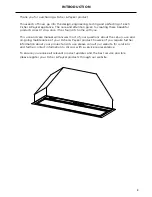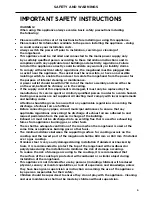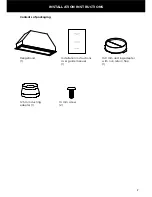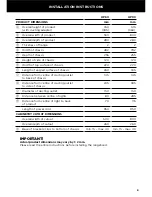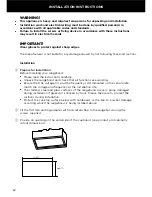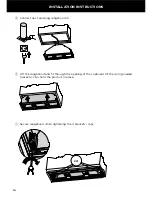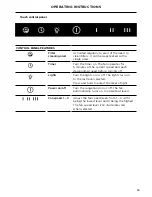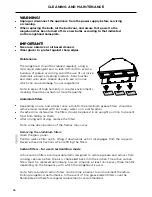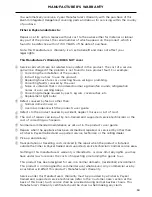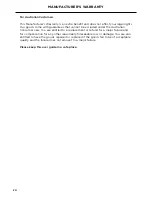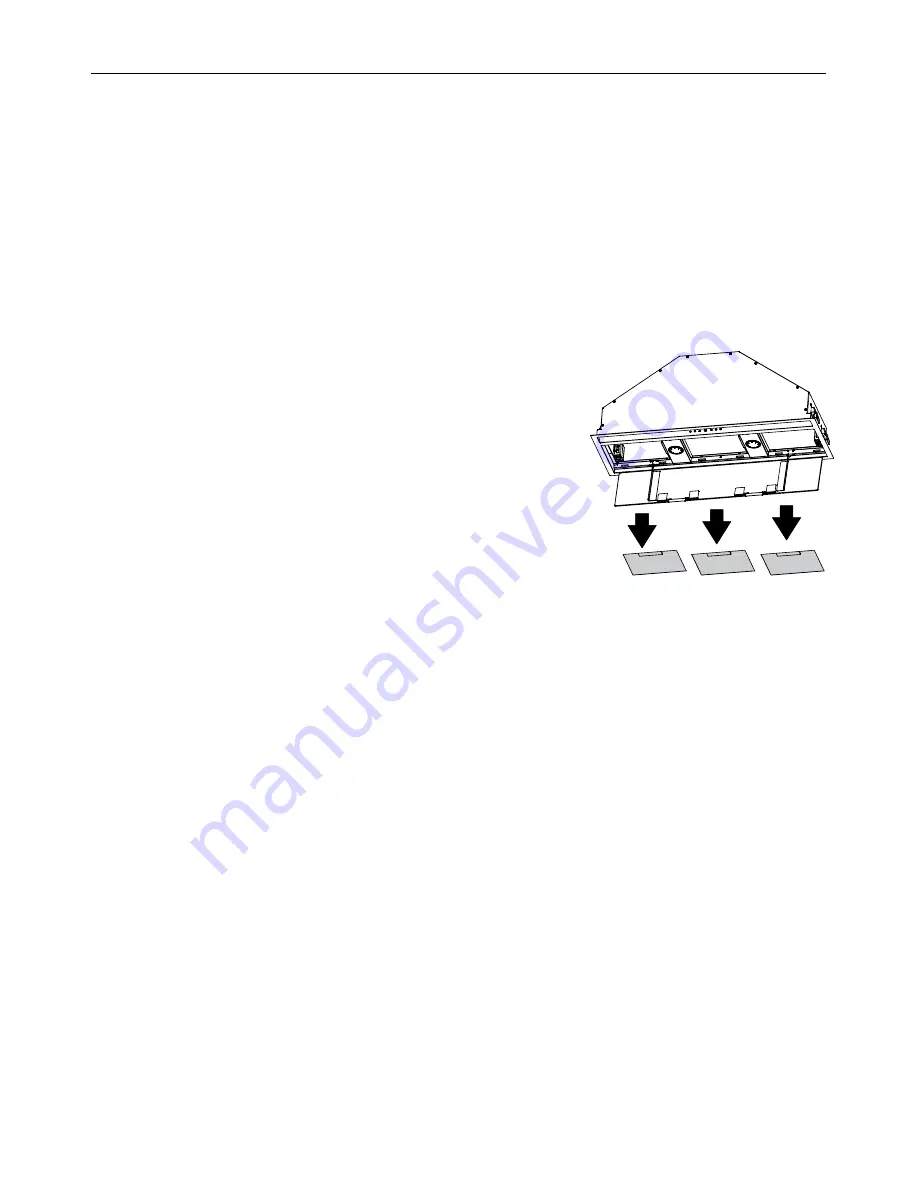
16
CLEANING AND MAINTENANCE
WARNING!
●
●
Unplug or disconnect the appliance from the power supply before servicing
or cleaning.
●
●
When replacing the bulb, let the bulb cool, and assure that power to the
rangehood has been turned off. Use new bulbs according to that indicated
on the rangehood nameplate.
IMPORTANT!
●
●
Never use abrasive or oil based cleaners
●
●
Wear gloves to protect against sharp edges
Maintenance
The rangehood should be cleaned regularly using a
mild, liquid detergent and a clean soft cloth to avoid a
build-up of grease occurring. Avoid the use of corrosive
chemicals, abrasive cleaning products, hard brushes
and steel wool pads. Grease deposits are corrosive
which can cause damage to your rangehood.
Note: in areas of high humidity or coastal environments,
cleaning should be carried out more frequently.
Aluminium filters
●
●
Depending on use, and at least once a month, the aluminium grease filters should be
removed and cleaned with hot soapy water or in a dishwasher.
●
●
If washed in a dishwasher, the filters should be placed in an upright position to prevent
food from falling on them.
●
●
After rinsing and drying, replace the filters.
Note: some discolouration of the frames may occur.
Removing the aluminium filters:
1
Open the glass panel.
2
Pull the relative filter catch, tilting it downwards until it disengages from the supports.
3
Reverse these instructions when refitting the filters.
Carbon filters – for use in recirculation mode
Active carbon filters are disposable items designed to remove grease and odours from
cooking vapours before the air is channelled back into the kitchen. The active carbon
filters must be replaced periodically to work properly, at least once every three months,
depending on the frequency with which the rangehood is used.
Note: fully saturated carbon filters can become a barrier to air movement therefore
limiting rangehood performance. In the event of fire, grease laden filters could be
flammable and therefore regular replacement is recommended.
360˚


